Haunting Images Of Confederate Generals – Rarely-Seen Portraits Of The Civil War
By its very definition, the American Civil War was one of the darkest times in the nation’s history. However, the gory details of costly battles waged by a country split in half make it seem almost unthinkable in retrospect. Nonetheless, the outcome of a Union victory doesn’t tend to surprise historians much, as the northern United States had more soldiers, more robust manufacturing sectors, and more railroad infrastructure available to them than the short-lived Confederate States of America.
However, thanks to the positioning of military academies like West Point, the South did have the edge in terms of military leadership. Although some of the generals we’re about to discuss had unspeakably dark chapters in their stories, they still proved formidable foes for the Union.
Robert E. Lee Looked Sad For A Reason
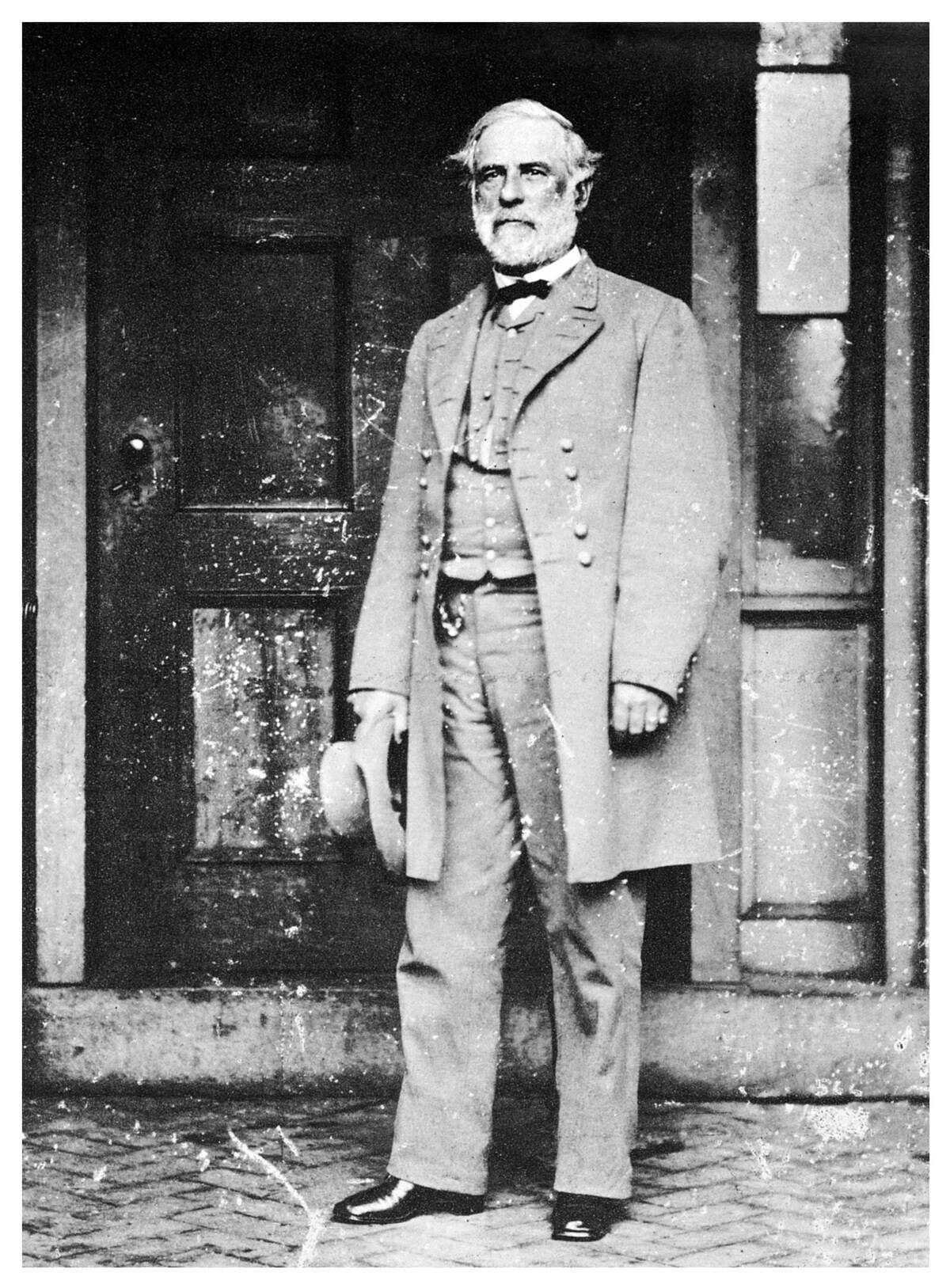
Although he didn’t assume the title of General-in Chief of Confederate forces until the final year of the Civil War, Robert E. Lee was regarded as the foremost of the Confederacy’s general throughout it and was recognized on both sides for his tactical prowess.
He wasn’t above disastrous blunders — the Battle of Gettysburg all but ended with one — but was nonetheless treated with respect when he surrendered to Union General Ulysses S. Grant after his final defeat at Virginia’s Appomattox Courthouse. This photo was taken shortly after that surrender.
James Longstreet Retained His Respect In The South
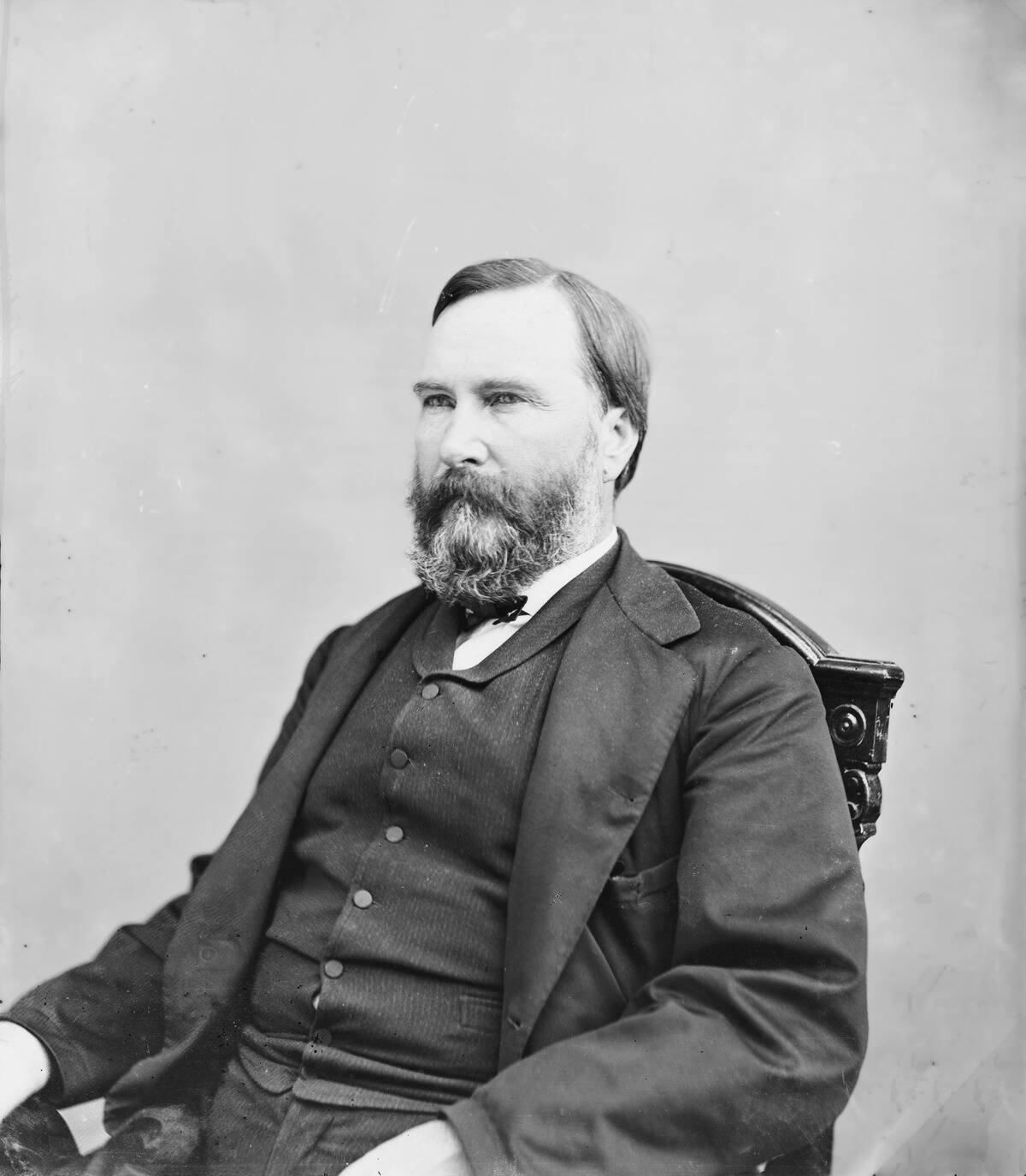
For much of the Civil War, General James Longstreet was considered a reliable second-in-command to General Lee, who affectionately called him his “old war horse.”
While he was an experienced and meticulous commander, it was also clear to him when a battle was unwinnable. Such was the case at the end of the Battle of Gettysburg, when he could hardly bring himself to give the final, doomed attack order.
It Was A Popular P.R. Move To Blame Braxton Bragg
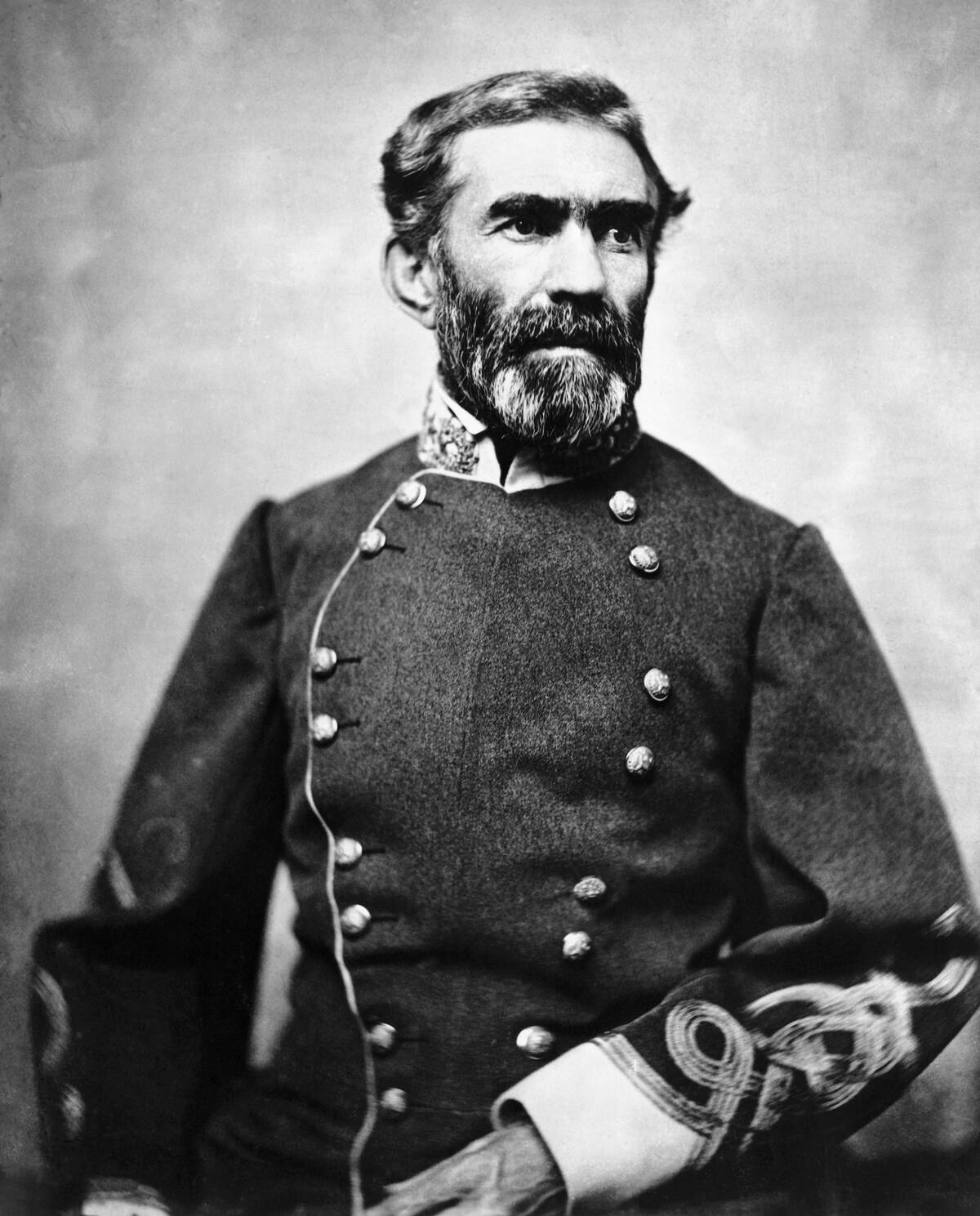
Despite the controversial fact that his name adorns one of America’s largest Army bases, Braxton Bragg was incredibly unpopular among both the forces and high command of the Confederate Army.
Indeed, he came by that reputation honestly, as the University Of North Carolina Press noted that he was not only incompetent and responsible for blunders that cost the Confederacy some significant battles, but also described as a Draconian leader with a habit of executing his own men. As such, he was an easy scapegoat for the Confederacy during larger military failures that weren’t entirely at his feet.
Thomas “Stonewall” Jackson Met An Unfortunate End
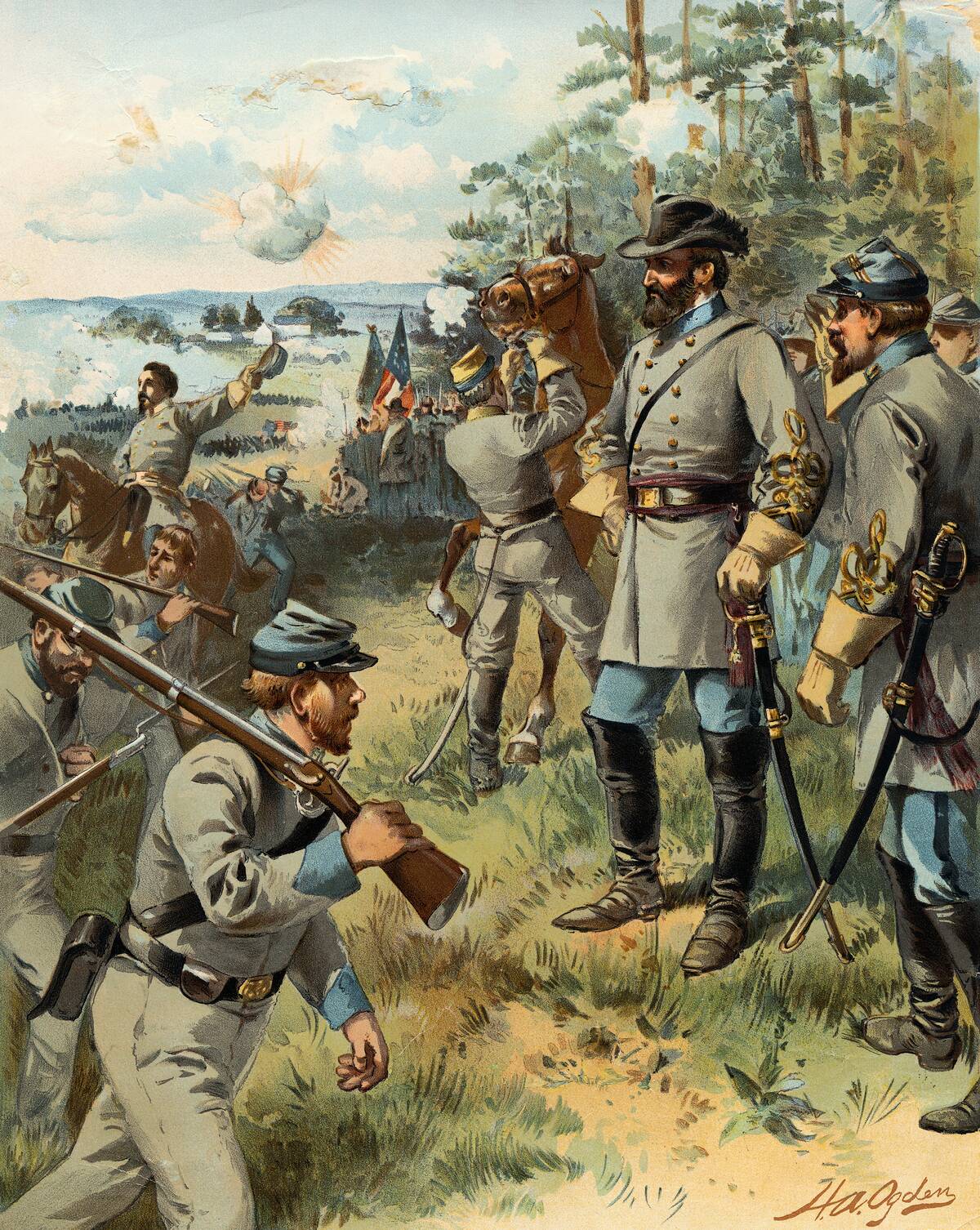
Thomas Jonathan Jackson earned the nickname “Stonewall” due to his vaunted ability to hold defensive lines through misdirection and other clever tactical maneuvers, which earned him a legendary status among his peers and subordinates among the Confederate States Army.
However, he would eventually learn that the darkness of night is as much a hazard as it is a protection, as he and his men were mistaken for a Union cavalry upon returning to camp after the Battle of Chancellorsville. Sentries of the 18th North Carolina Infantry Regiment were too jumpy when asking him to identify himself, leading to three gunshot wounds that would turn fatal when he succumbed to pneumonia on May 10, 1863.
George Pickett Was Known For His Worst Nightmare
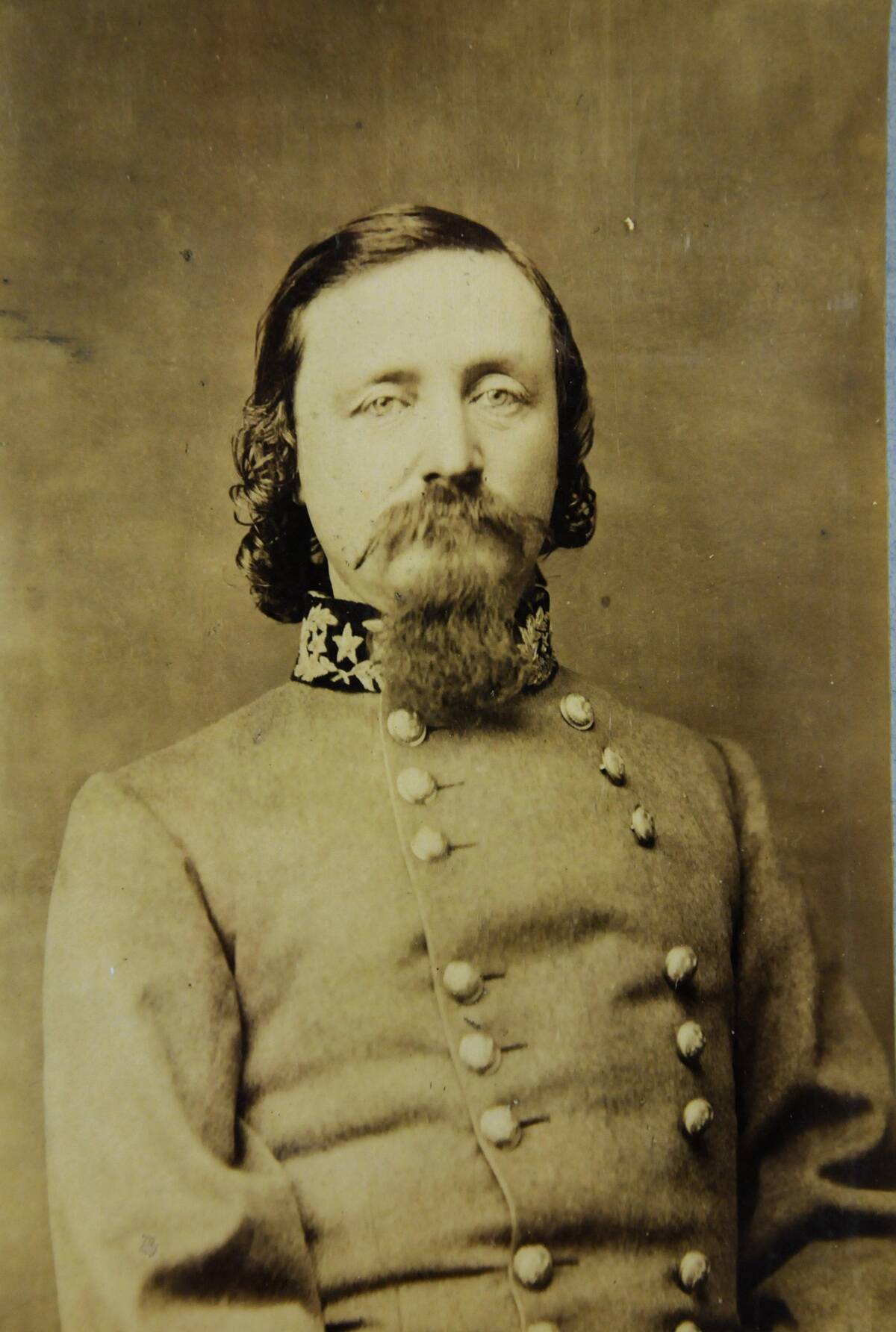
While General George Pickett was known as a flamboyant, charismatic commander among the Confederates, he is most commonly remembered for the ill-fated Pickett’s Charge that characterized the final day of the Battle Of Gettysburg. Over 50% of the Confederates involved in the attack on Cemetery Hill became casualties, and Pickett’s division was completely lost.
Although he later said “I think the Yankees had something to do with it” when asked why the charge went so poorly, his tone was far less flippant in the immediate aftermath. He was described as “weeping bitterly” at the loss of his division and blaming himself in the immediate aftermath but also as never forgiving Lee for having his division slaughtered later.
J. E. B. Stuart Was Known As “Lee’s Eyes And Ears”
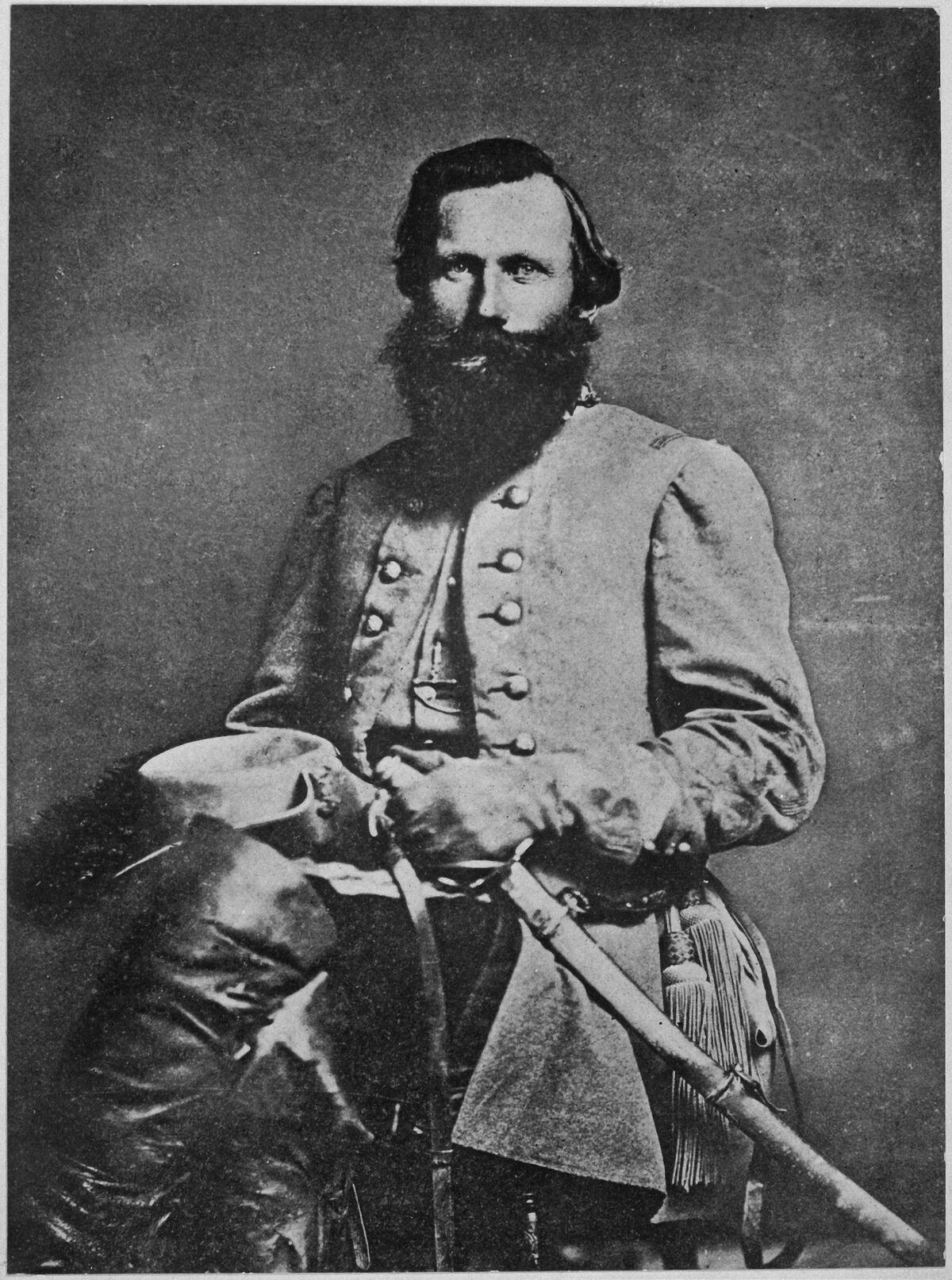
Although James Ewell Brown Stuart didn’t start the Civil War as a general, he received a promotion to major general of the Confederate States Army after his cavalry famously encircled the Army of the Potomac during their Peninsula Campaign.
While this action made him a hero of the Confederacy, his long-term value throughout the war was in reconnaissance, which he was considered skilled enough at to earn the nickname “Lee’s eyes and ears.”
John Bell Hood Couldn’t Stop Attacking
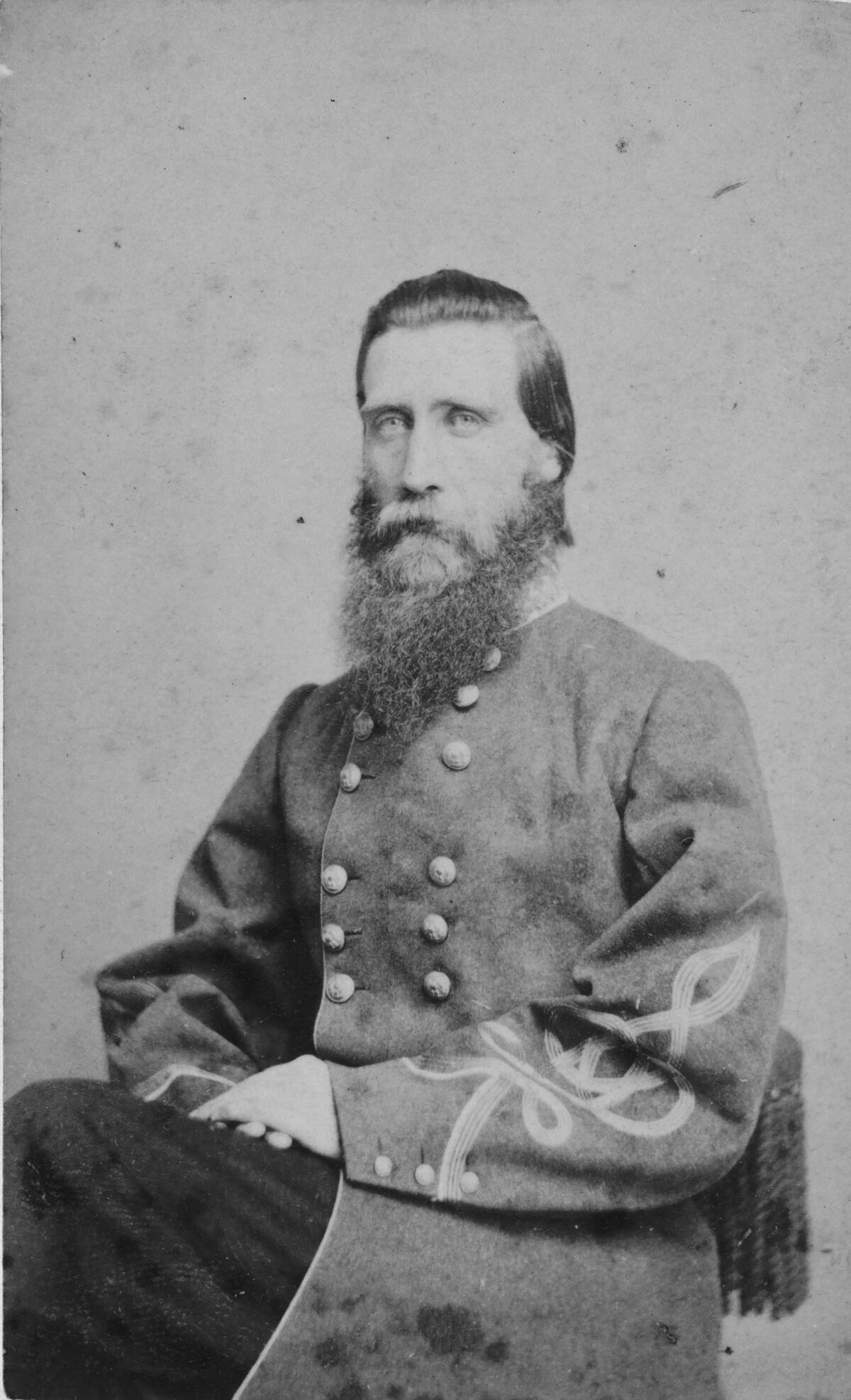
Although he was considered fairly effective at lower levels of command, General John Bell Hood was the ultimate example of someone who was promoted beyond his capabilities.
Hood was known for his aggressive strategic style but this meant that he was prone to attacking when that wasn’t the right call, losing men he couldn’t afford in the process. According to the Belmont Digital Repository, the humiliations he experienced at Atlanta and during the Franklin-Nashville campaign were also predicated on poor communication and logistics management.
P.G.T. Beauregard Was The General Who Started It All
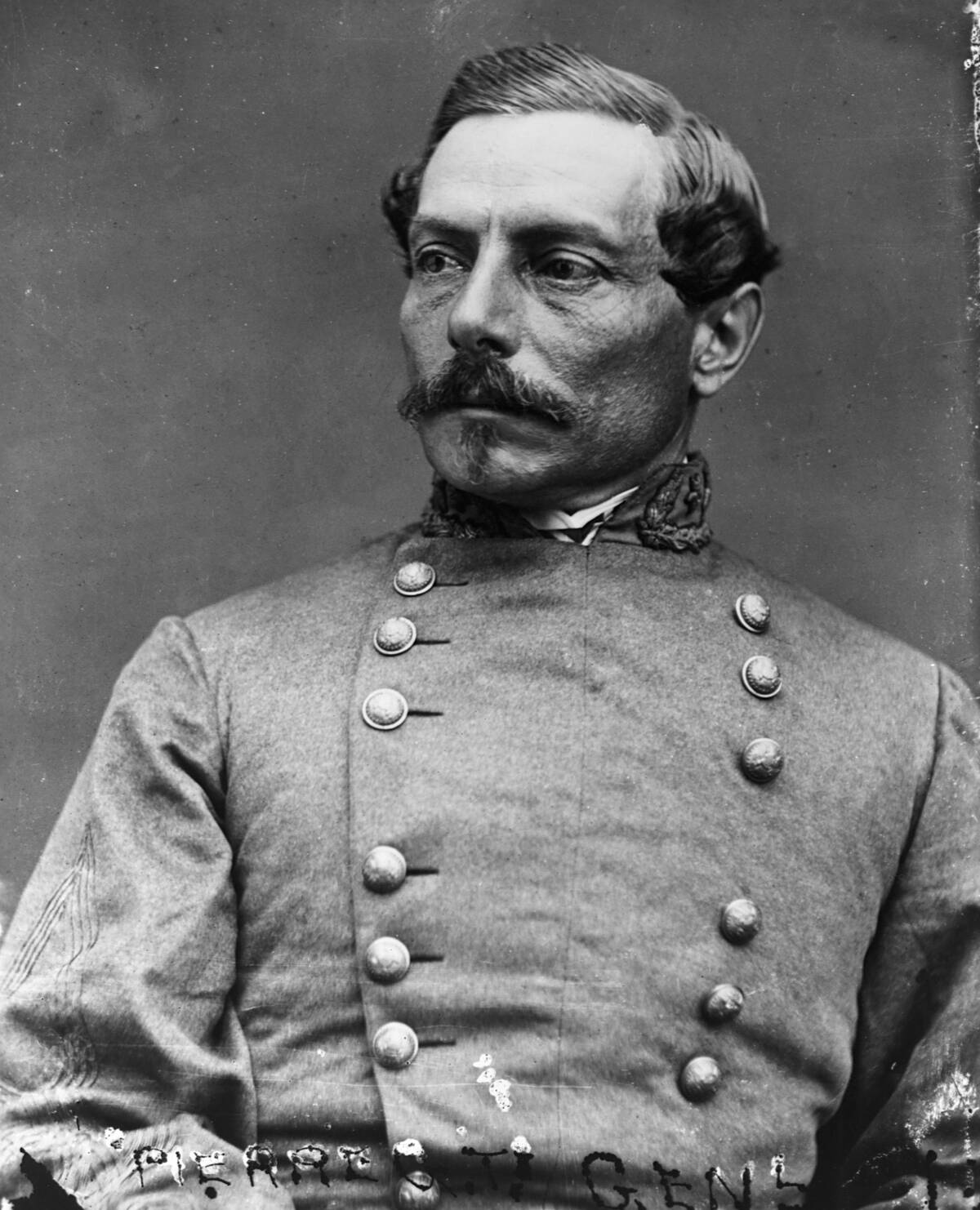
According to the National Park Service, Pierre Gustave Toutant Beauregard was the first general officer the Confederacy appointed after his home state of Louisiana seceded from the Union. The capture of Fort Sumter was considered the Civil War’s most direct inciting incident and Beauregard was in command when it was taken.
Not only did he follow that up with another victory at the First Battle of Bull Run but he was also credited for slowing the Union’s advance into the south before their eventual victory. His promotion of the Louisiana Lottery also made him one of the few Confederate general to retain their wealth after the war.
John T. Morgan’s Racial Views Were Infamous

Throughout the Civil War, John Tyler Morgan was considered a capable enough soldier to enter the conflict as a private and end it as a brigadier general who led cavalry in the Knoxville Campaign. However, even for a former general in the Confederacy, his impact on American race relations after the war was disastrous.
Not only was he made the second Grand Dragon of the Ku Klux Klan in Alabama but he used his platform as a six-term U.S. senator to suppress Black voter enfranchisement, promote racial segregation, and even promote lynchings. He can practically be considered the godfather of the infamous Jim Crow laws.
Nathan Bedford Forrest Led A Group That Lives In Infamy
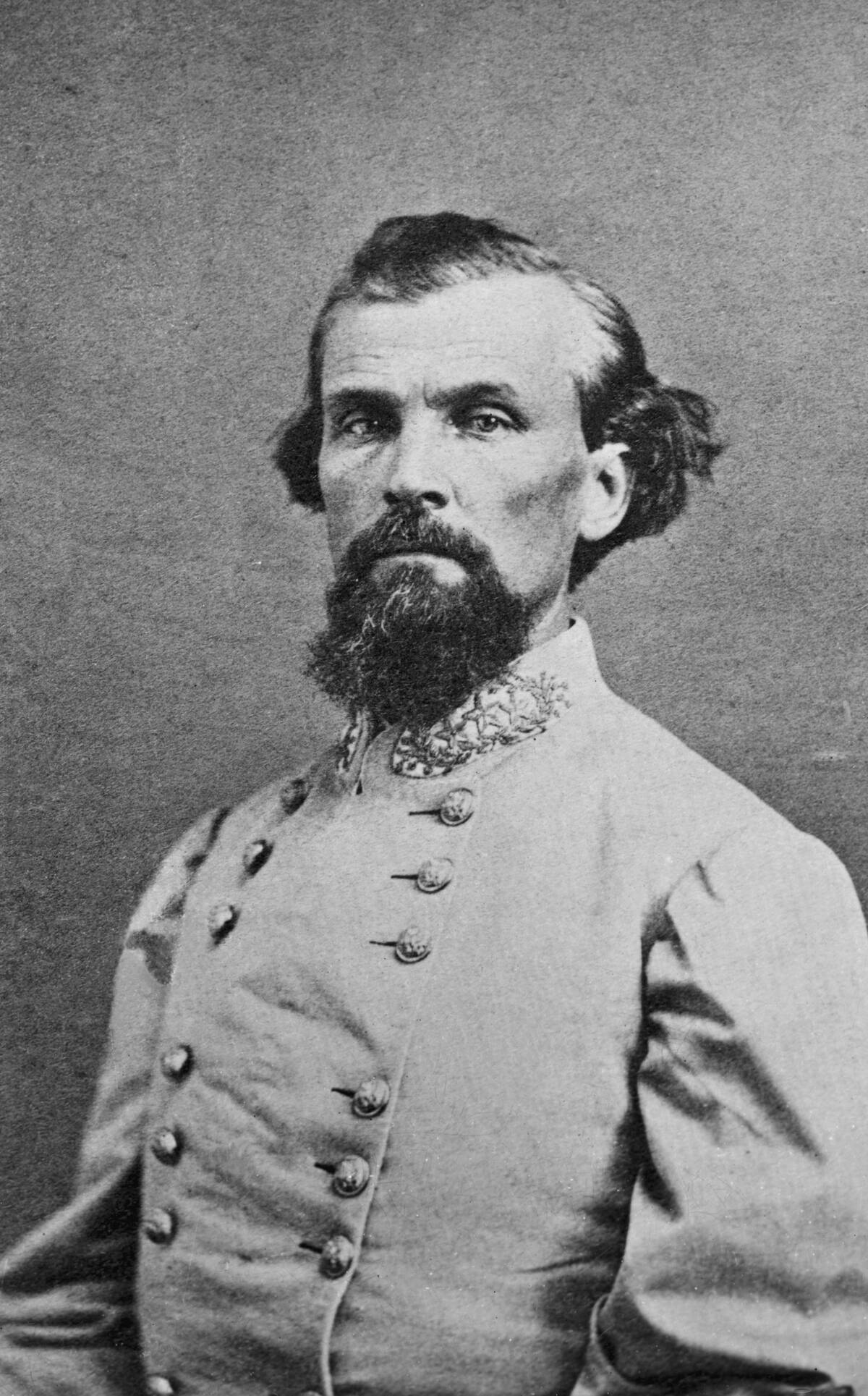
Throughout the Civil War, General Nathan Bedford Forrest developed a reputation as a ruthless soldier and a fearsome military commander. His reputation in this respect was so well-established that, according to the National Civil War Museum, Union General William Tecumseh Sherman said, “That devil Forrest must be hunted down and killed if it costs ten thousand lives and bankrupts the federal treasury.”
However, his actions after the war were even more infamous, as he was an early member of the still-pernicious hate group the Ku Klux Klan and was made its first Grand Wizard during Reconstruction. As soon as they began, they were known for their brutal crimes against prominent Black citizens and their allies.
John Hunt Morgan Was The Confederacy’s “Thunderbolt”
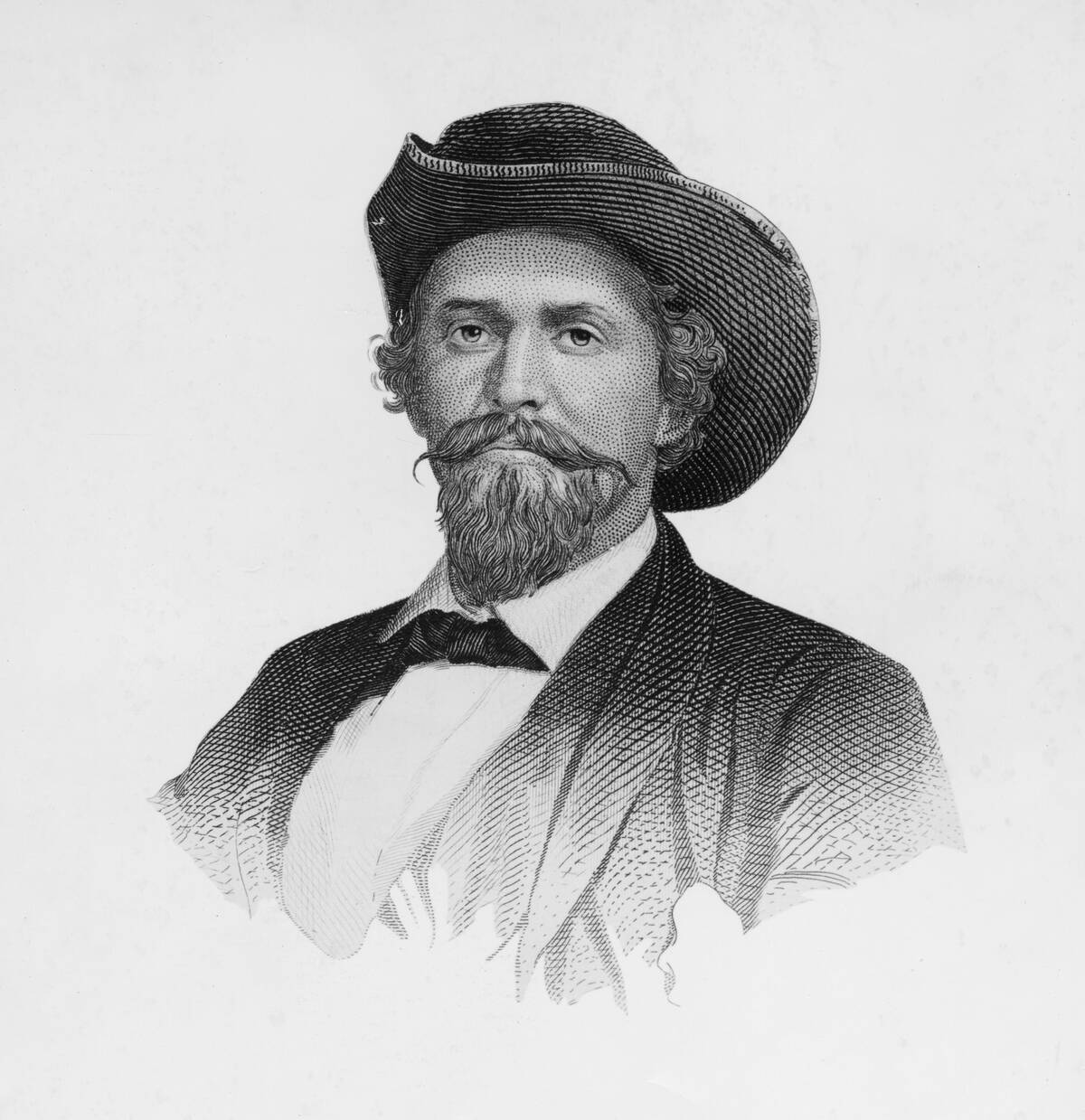
General John Hunt Morgan was one of the most famous cavalry officers of the Confederate Army, with his speed and daring, devil-may-care nature earning him the nickname the “Thunderbolt of the Confederacy.”
According to the National Park Service, however, his daring raids in northern territory didn’t always go well, as 700 of his men were captured after he disobeyed an express order and struck into Ohio and southern Indiana. He escaped capture along with several officers but eventually fell to a surprise cavalry attack near Greeneville, Tennessee, on September 4, 1864.
Albert S. Johnston Was The Highest Ranking Officer Killed

As Albert Sidney Johnston was already a highly decorated general in the Texan and U.S. armies before the outbreak of the Civil War, he was assigned command of the Confederacy’s entire western theater. By the time his forces overwhelmed Ulysses S. Grant’s forces in a massive surprise attack at the Battle of Shiloh, Confederate president Jefferson Davis considered him the best general in America.
However, he would not survive the battle. After taking a bullet to his right knee, Johnston eventually died from blood loss despite carrying an unused tourniquet in his pocket.
Leonidas Polk Was Good For Morale But Little Else
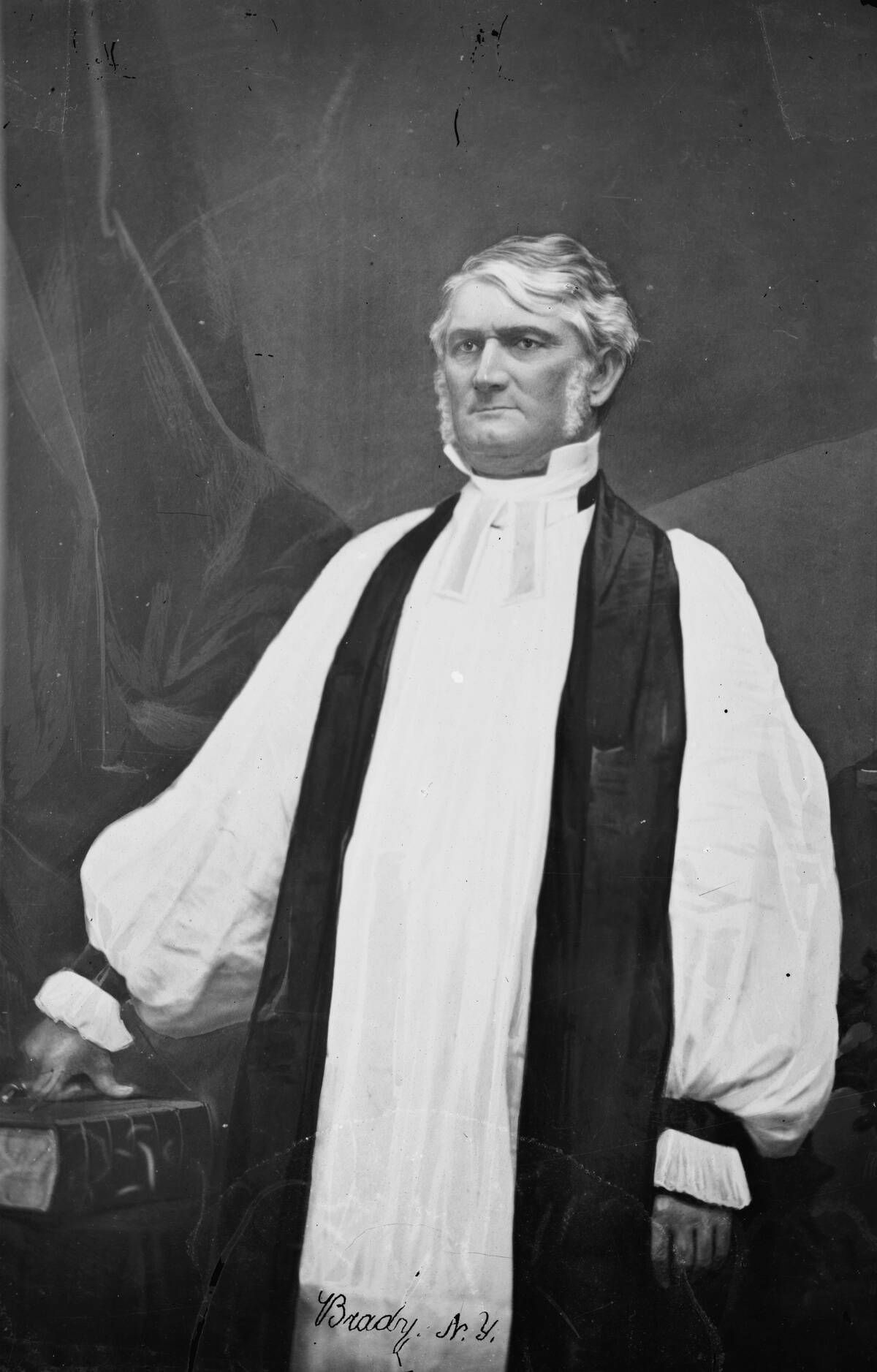
Leonidas Polk took an unusual path to becoming a major general in the Confederate Army, as he was an Episcopalian bishop who was reticent to fight but was a friend and roommate of Jefferson Davis at West Point.
However, his friendship with the Confederacy’s president seemed to be his biggest qualifier, as he was known for many of the Confederacy’s early blunders, including an operation in Kentucky that led the Union to hold it for the rest of the war. In addition to being an incompetent general, he also tended to struggle to accept the authority of superior officers.
William J. Hardee Was As Effective As They Come

Throughout the Civil War, General William J. Hardee’s knack for solving tough supply and logistical problems while also ensuring soldiers were trained thoroughly and effectively earned him the nickname “Old Reliable.”
Although there was no stopping General Sherman’s infamously destructive March To The Sea, Hardee opposed the Union general as best he could despite having to take orders from John Bell Hood. He had similar struggles while under Braxton Bragg’s command earlier in the war.
Simon B. Buckner Had To Sit Out Most Of The War

Although Simon Bolivar Buckner had retired from the U.S. Army by the time the Civil War broke out, he nonetheless accepted a brigadier general commission in 1861 and took initiative in defending Fort Donelson during General Grant’s siege of it the following year.
However, this would be the last battle he would fight in, as his forced were encircled by Grant’s and he was forced to surrender. He spent the remainder of the war imprisoned in Fort Warren near the Boston Harbor.
Earl Van Dorn Was Reluctant Yet Ingenious

Earl Van Dorn was a decorated veteran of the Mexican-American War by the time he joined the Confederacy, but only did so after holding onto the faint hope that the matters leading up to the Civil War could be resolved peaceably.
Although Van Dorn was an effective cavalry commander, he was also known for retaking Galveston, Texas, with minimal bloodshed after deceiving Union forces into thinking his army was larger than it was. This was partially achieved with logs painted to look like cannons, which were nicknamed “Quaker guns.”
John Cabell Breckinridge’s Command Was A Betrayal
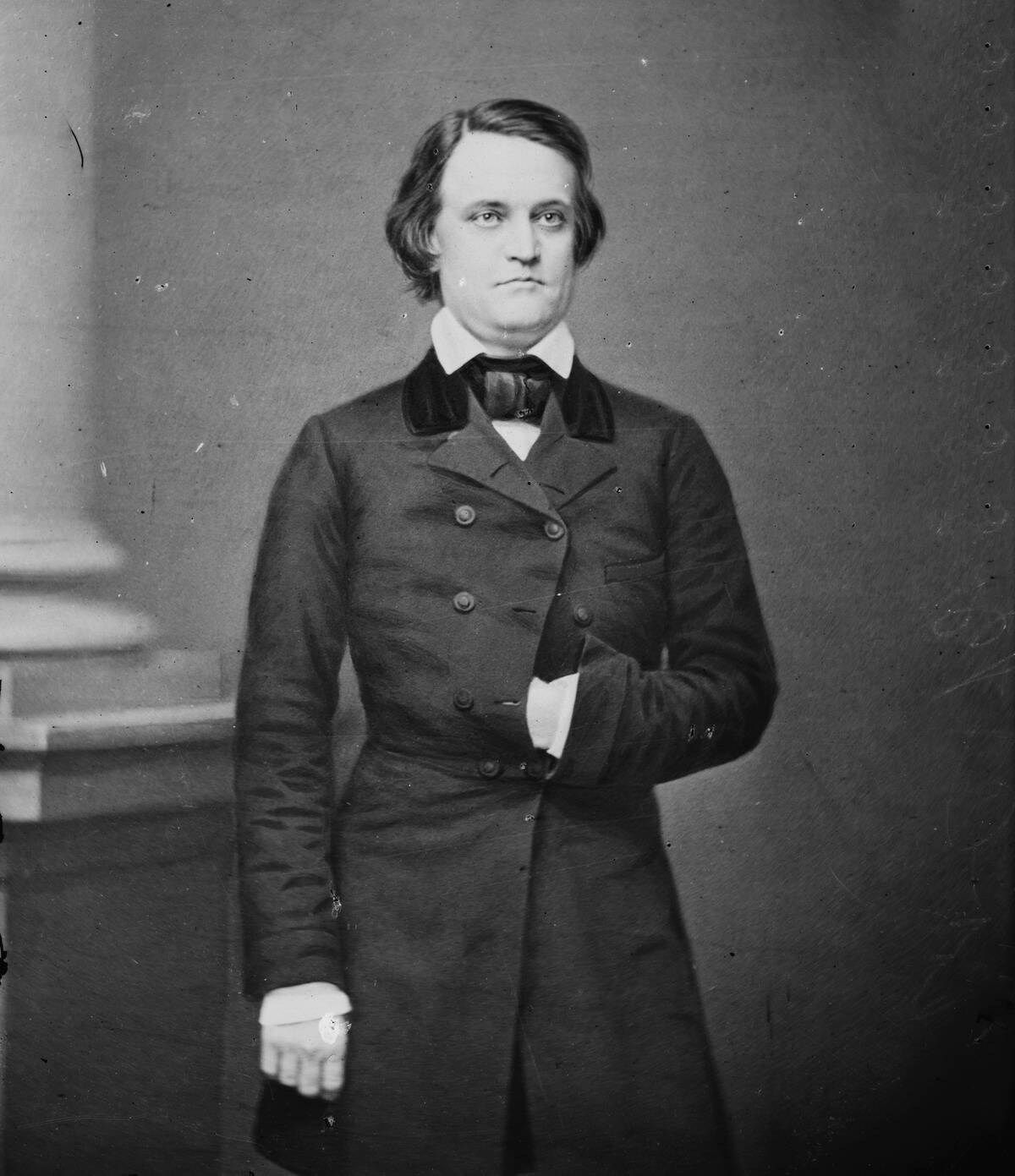
As John Cabell Breckenridge was a former U.S. Vice President and a senator representing the border state of Kentucky, he was considered a traitor when he joined the Confederacy as a brigadier general.
Appropriately, his first brigade consisted of Confederate loyalists from Kentucky, who were called the Orphan Brigade because the Union soon held Kentucky. After the war, he fled to Cuba and Great Britain before settling in Canada until President Andrew Johnston proclaimed amnesty for all former Confederates on December 25, 1868.
William Henry Fitzhugh Lee Was In His Father’s Footsteps
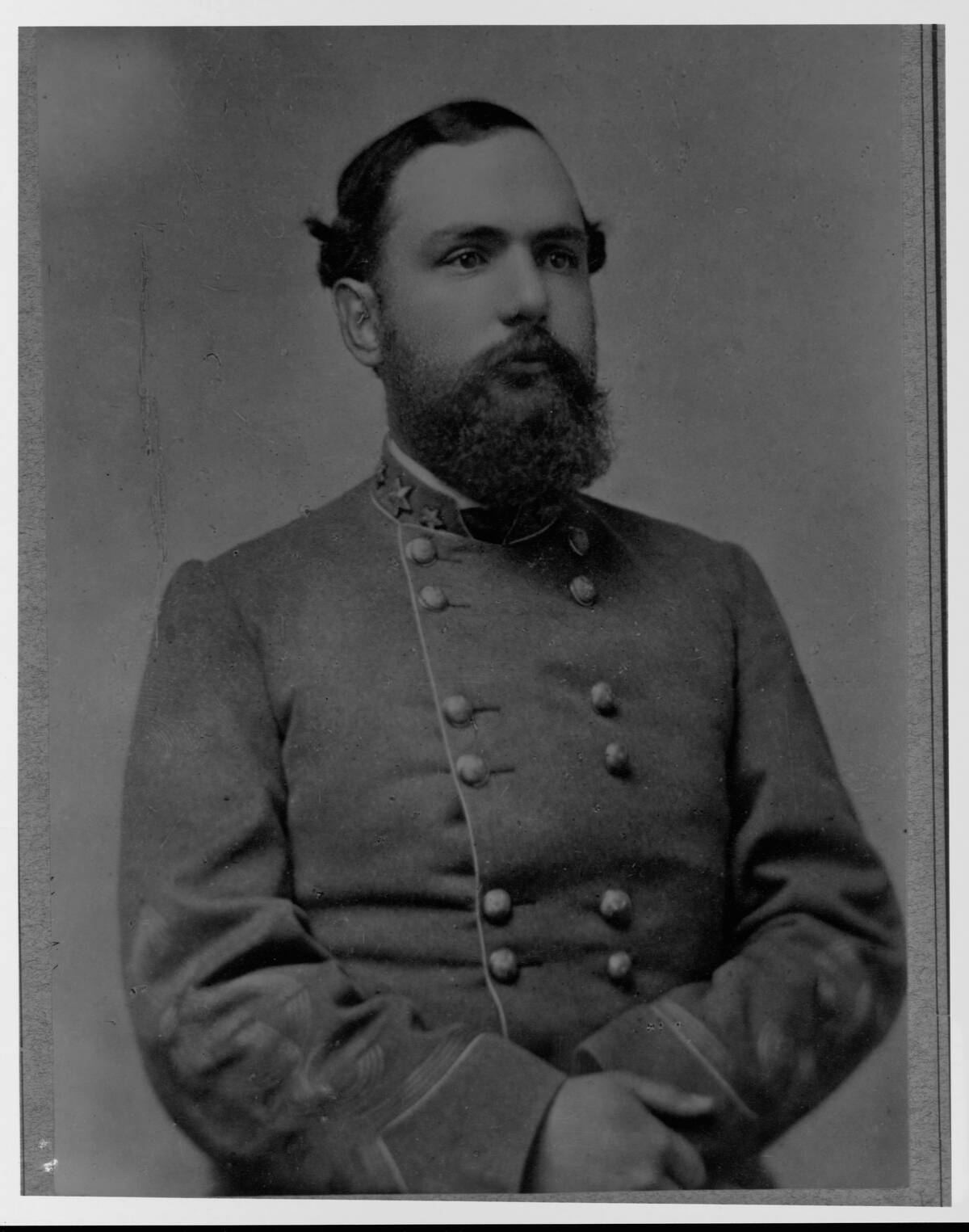
The second son of Robert E. Lee, William Henry Fitzhugh “Rooney” Lee was a decorated major general who initially served as a cavalry officer under J. E. B. Stuart. According to the National Park Service, he sustained a thigh wound at the Battle of Brandy Station, which then left him in a position vulnerable enough for capture in June of 1863.
He spent eight months as a prisoner of war in Fort Lafayette, New York, before returning to the Confederate Army as part of a prisoner exchange. Although he would survive the war, his wife and two children would not.
David E. Twiggs Joined The Confederacy Only To Retire
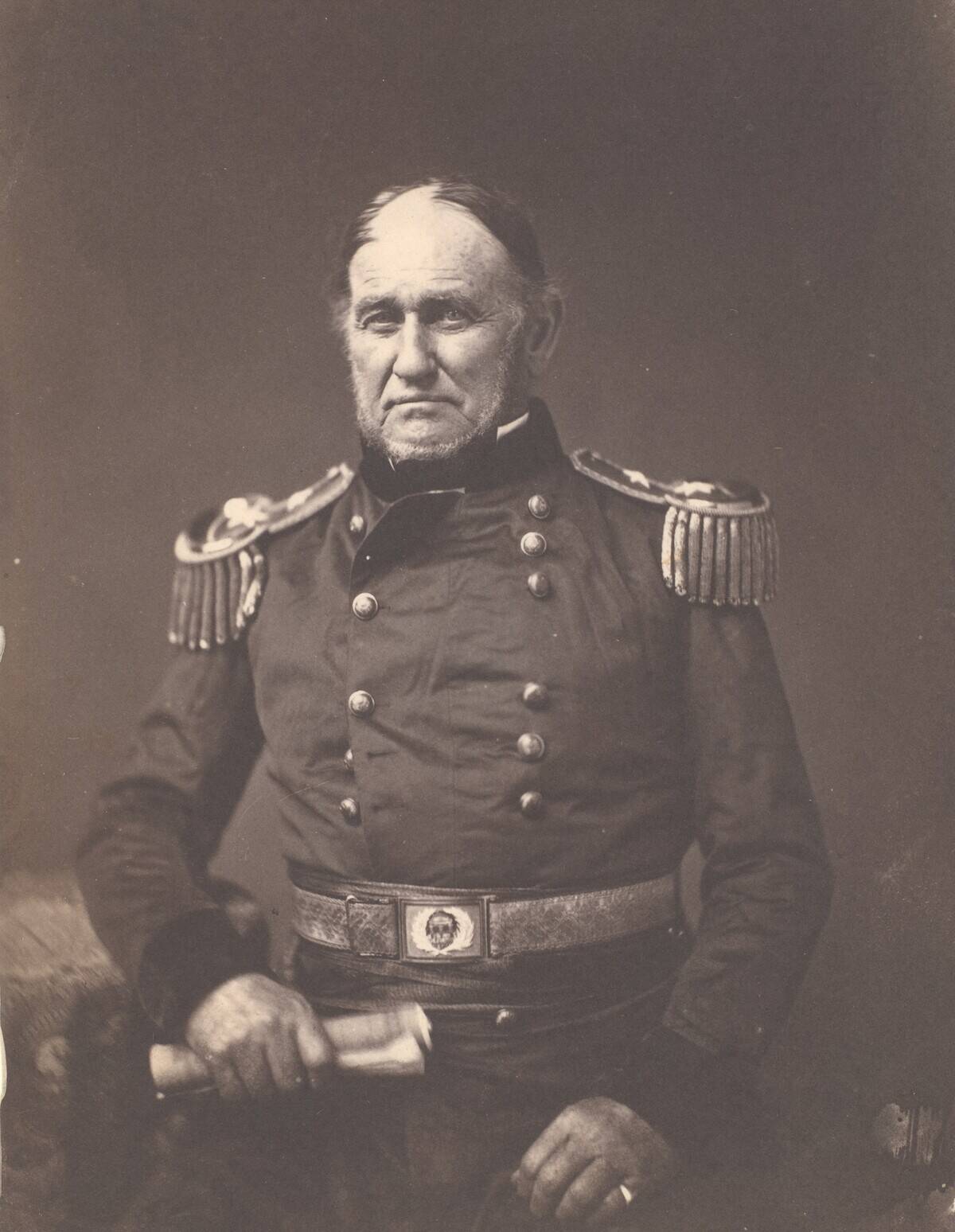
By the time he joined the Confederacy, Major General David E. Twiggs had already attained brigadier general status in the U.S. Army for his actions during the Mexican-American War. However, he was dismissed for treachery to the flag after stating his intention to join Georgia in its secession from the Union.
Although he received a major general commission from the Confederate States of America on March 11, 1861, he was already 70 years old and in ailing health by then. This meant he saw no active duty and resigned his commission before retiring on October 11.
John B. Floyd Was A Politician, Not A Soldier
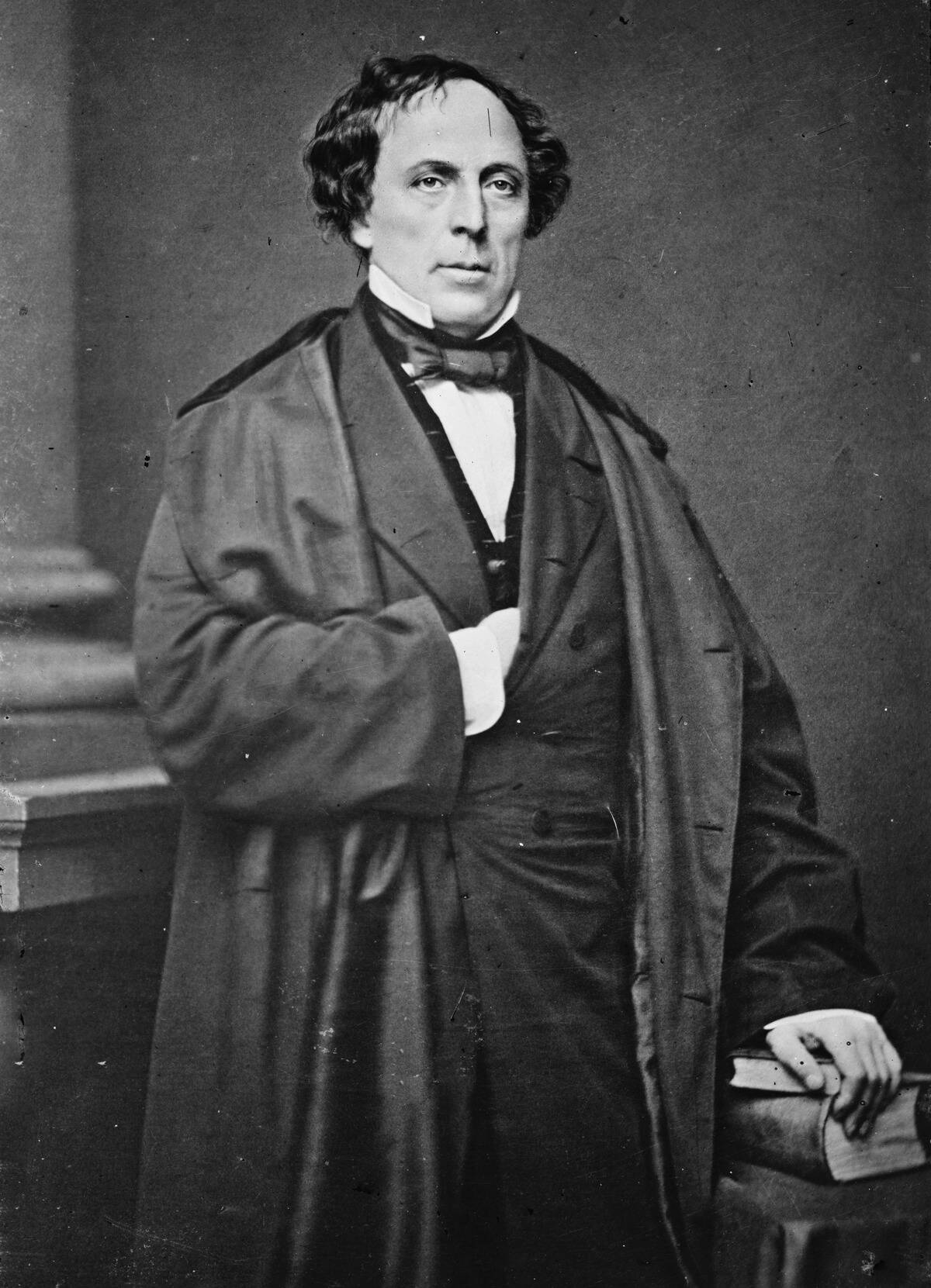
Although John B. Floyd had served as the United States Secretary of War before he accepted a commission as brigadier general in the Confederate States Army, he soon proved that this was insufficient experience for his rank.
Nonetheless, he was assigned command of Fort Donelson after some political maneuvering, but deferred to subordinate generals like Simon Bolivar Buckner and Gideon Johnson Pillow as Union forces surrounded the fort. Once it looked like the position would be lost, Floyd turned over his command and escaped to Nashville by steamboat.
Gideon J. Pillow Thought He Was Better Than He Was
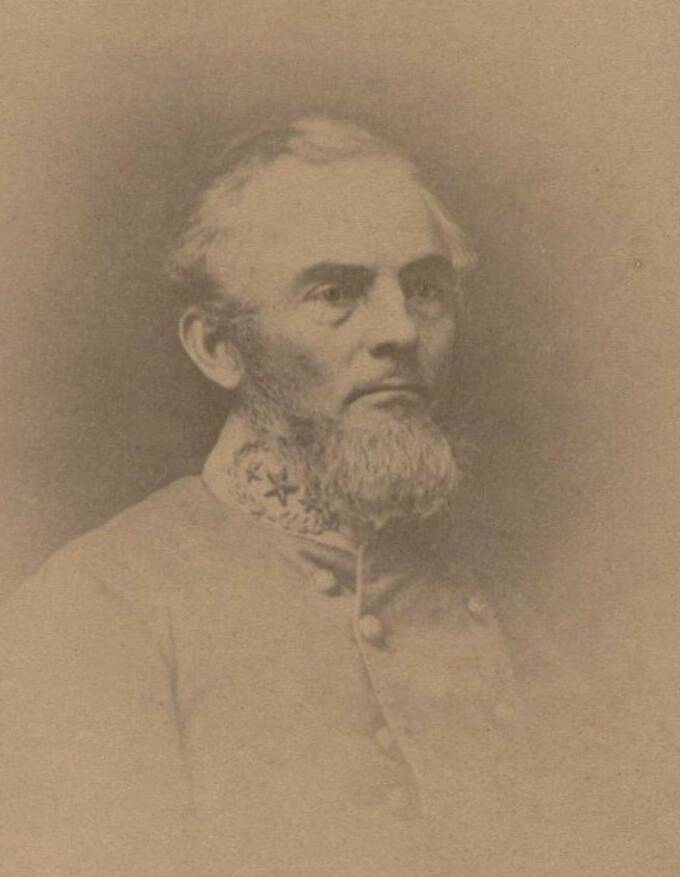
Gideon Johnson Pillow was insulted when he was appointed a brigadier general of the Confederate States Army, but his history of insubordination and tactical mistakes made him a malign figure among his fellow officers.
Indeed, he would earn this reputation further by abandoning a superior position to attack Union forces while they had cover at Belmont and squandering an opportunity to counterattack at Fort Donelson. When General Grant captured Simon Bolivar Buckner, he told him Pillow had more strategic value as an enemy commander than as a prisoner of war.
Benjamin Cheatham Was Decorated But Clashed With Hood

Although Benjamin Franklin Cheatham was a brigadier general after joining the Confederacy from Stockton, California, he was promoted to major general after his service in the Battle of Belmont. While he was accused of being drunk at the Battle of Stones River, he otherwise served competently at Shiloh, Perryhill, Chickamaug, Chattanooga, and especially during the Atlanta Campaign.
However, his defiance of John Bell Hood during the latter’s disastrous Franklin-Nashville campaign was so insulting to the other general that hostilities between the two lasted for the rest of their lives. That said, Hood is typically blamed for the disastrous campaign rather than Cheatham.
William Barksdale Was A Fierce, Effective Commander
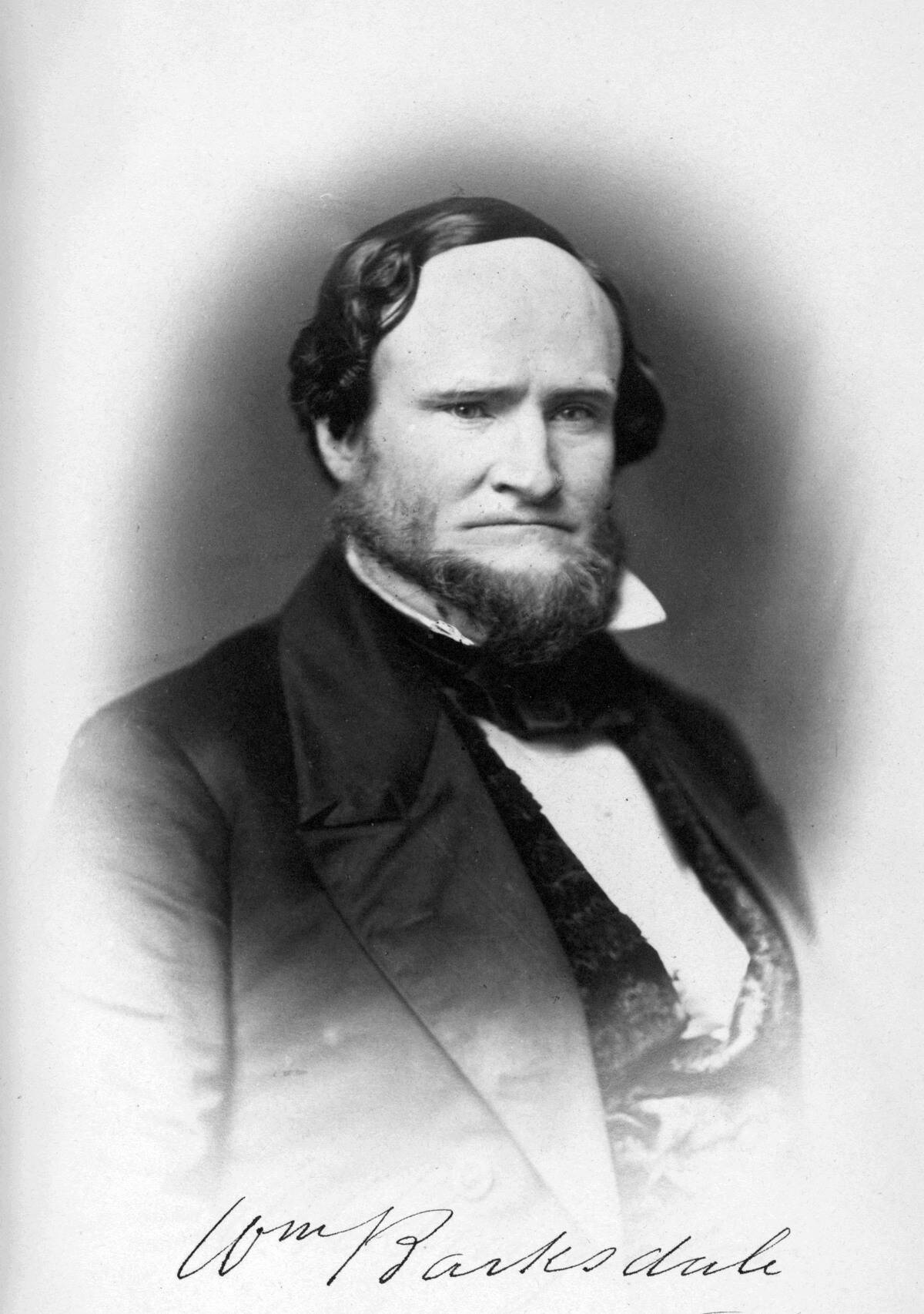
A hotheaded secessionist congressman and newspaper editor, William Barksdale was promoted from colonel to brigadier general after assuming command of the 13th Mississippi Infantry Regiment after the Battle of Savage’s Station and leading them on a failed charge at the Battle of Malvern Hill.
Despite the loss, he proved a capable leader at Maryland Heights, Antietam, and Fredericksburg, while his brigade showed crucial distinction as one of the few units present at the Battle of Chancellorsville. Barksdale fell in battle after being shot twice during a daring charge on the second day of the Battle of Gettysburg.
Joseph E. Johnston Was Popular But Not With Davis
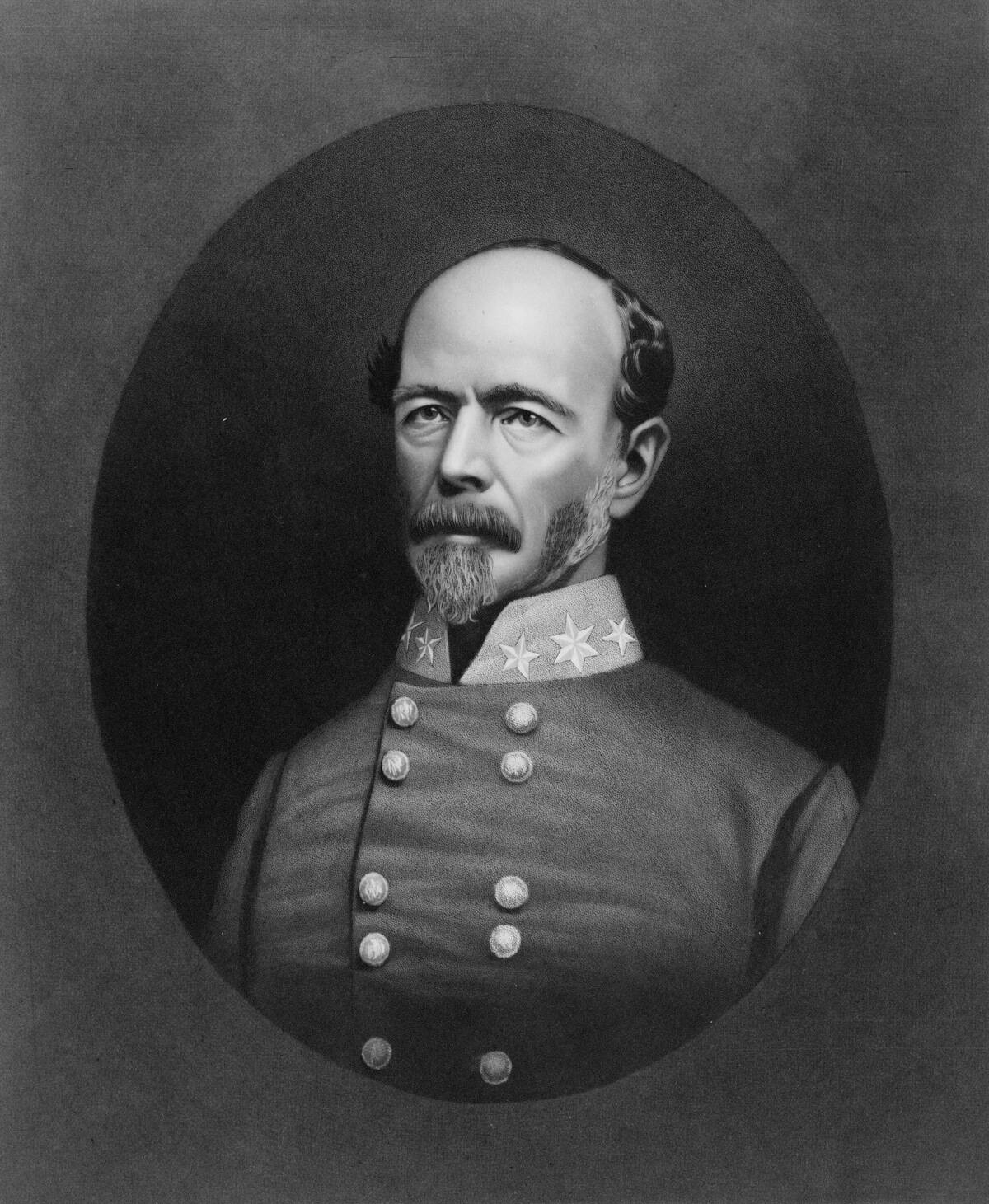
As a brigadier general, Joseph E. Johnston distinguished himself as a strategist and motivational leader to such a grand degree during the First Battle of Bull Run that he was promoted to full general.
Yet, while wounds in combat hampered his movements throughout the war, he was further undermined by Confederate President Jefferson Davis, who issued direct orders to his subordinates. Their animosity grew worse after both blamed each other for a significant Confederate defeat at Vicksburg, Mississippi. Davis would relieve him of command during the Atlanta Campaign, which historians often consider his worst blunder of the war.
Benjamin McCulloch Did A Lot With A Little
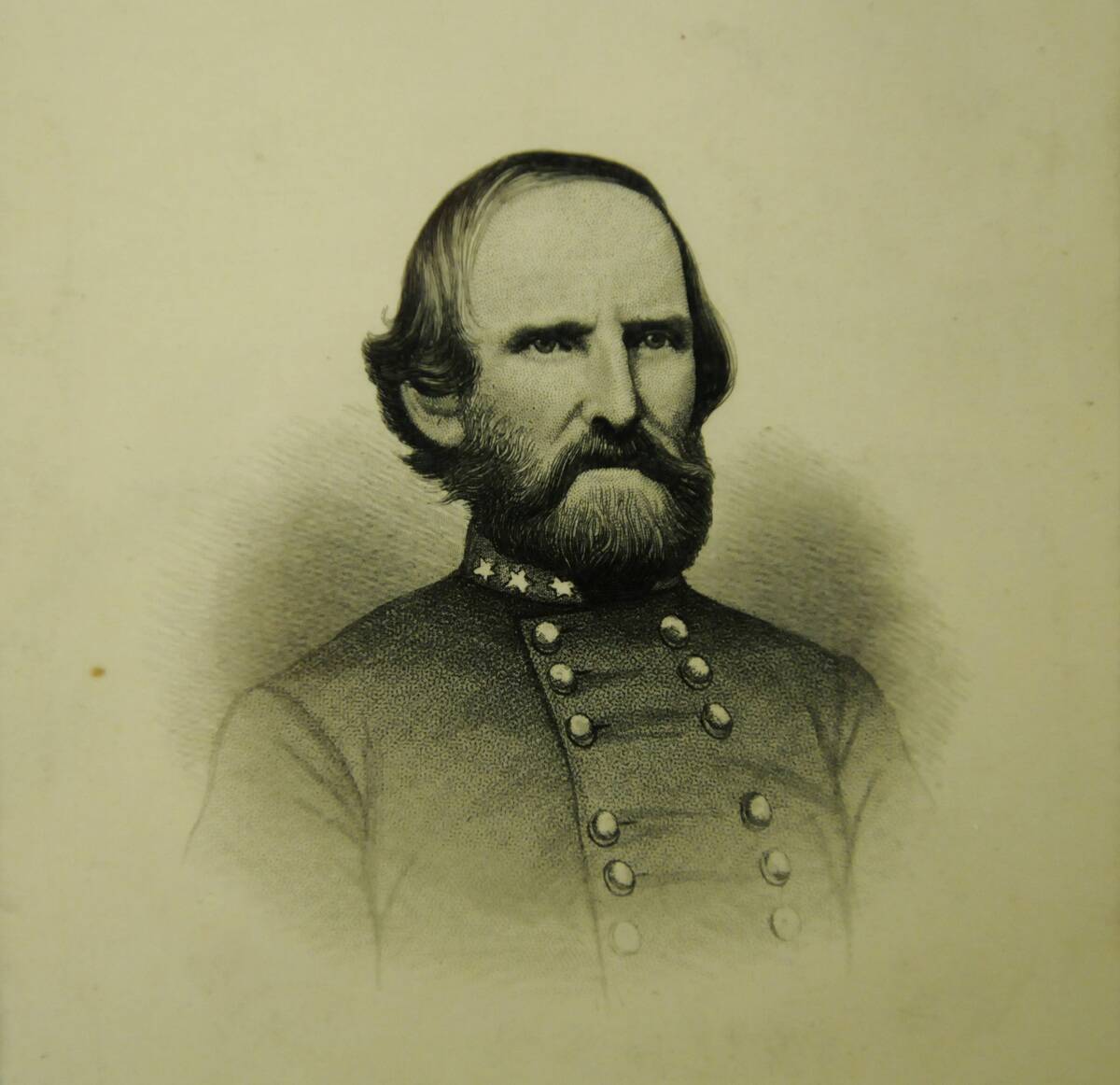
When Brigadier General Benjamin McCulloch entered the fray at the Battle of Wilson’s Creek in Missouri, he found himself in command of an ill-equipped brigade under a commanding officer he couldn’t stand. Nonetheless, his troops were able to claim a decisive victory, and his reconnaissance was credited with what little success could be achieved during an ill-fated operation in St. Louis.
However, his time in the war would be cut short, as McCulloch was shot off his horse and died instantly on March 7, 1862, while scouting enemy positions during the Battle of Pea Ridge.
Henry DeLamar Clayton Led Two Different Regiments
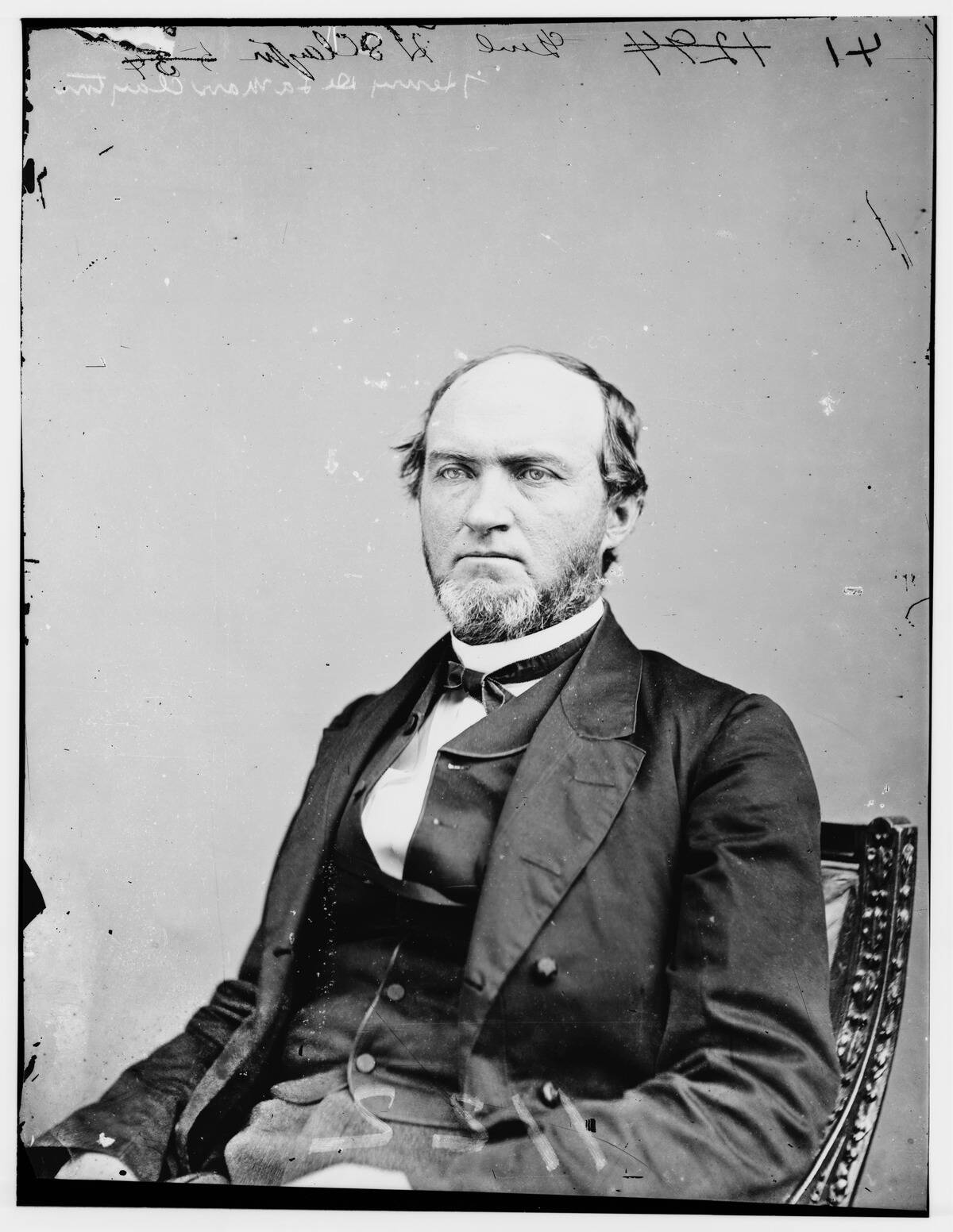
Henry DeLamar Clayton was initially a colonel in charge of the 1st Alabama Infantry, who distinguished themselves in the Battle in the Bay for Port Barrancas. Although he resigned this commission, he would also lead the 39th Alabama in the Battle of Stones River and was promoted to brigadier general after recovering from a wound.
His brigade would see action in Chickamauga, Chattanooga, and at various stages of the Atlanta Campaign. His leadership was deemed effective enough to see him promoted to major general after the Battle of New Hope Church, but he was involved in the disaster that was the Franklin-Nashville Campaign before resigning during the Carolina Campaign.
Jubal Early Was Bold But Difficult To Command

Although Jubal Early opposed secession, he nonetheless became a colonel in the Confederate States Army in light of his service in the Mexican-American War and was promoted to brigadier general after showing valor at Blackburn’s Ford during the First Battle of Bull Run.
Although Lee called Early his “Bad Old Man” because he was short-tempered and insubordinate, he appreciated his aggressive style in battle and his ability to independently command units. However, Early’s temperament — combined with a string of losses — led Lee to relieve him of duty on March 30, 1865.
Ambrose Powell Hill Jr. Prized Speed Over Comfort

Although Ambrose Powell Hill Jr.’s regiment didn’t see any action during the First Battle of Bull Run, he was nonetheless promoted to brigadier general. By May 26, 1862, Hill was deemed competent enough in this position during the Peninsula Campaign to receive another promotion to major general.
His troops were known as the “light division,” as they were equipped with as little as possible so they could travel quickly. Although his speed saved the Battle of Antietam for Lee’s army, both Longstreet and Stonewall Jackson placed him under arrest for constant insubordination. Hill would be one of the war’s final casualties, as he was fatally shot just seven days before Lee’s surrender at the Battle of Appomattox Court House.
Alfred Moore Scales Was Promoted While Wounded
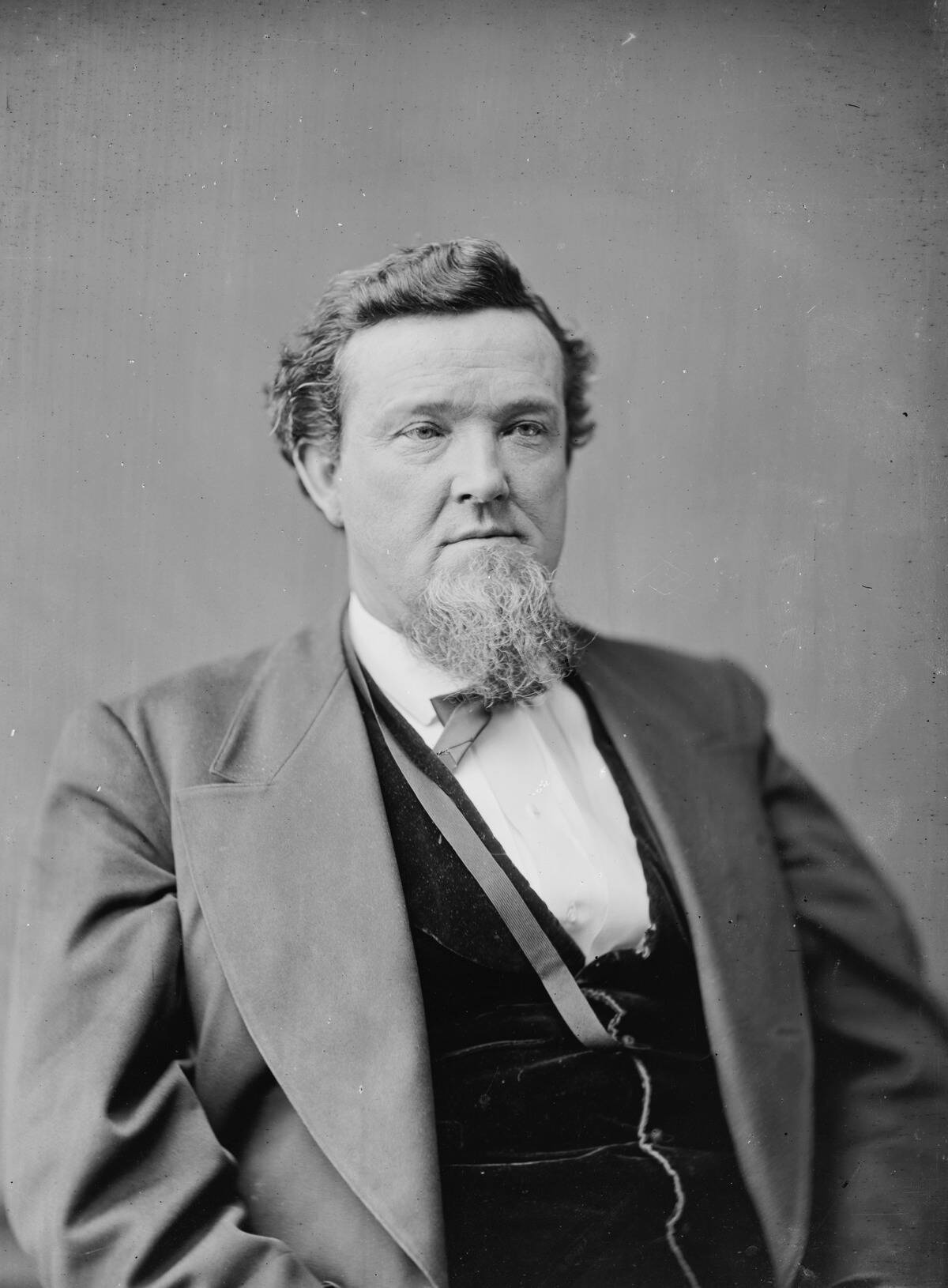
Alfred Moore Scales wasn’t the luckiest man throughout the Civil War, as he nearly died from exhaustion after Malvern Hill, experienced a thigh wound at the Battle of Chancellorsville, and was wounded even more severely in the leg at Seminary Ridge during the Battle of Gettysburg.
However, his service and leadership skills were so heavily extolled between these life-threatening injuries that while he was recovering from Chancellorsville, he was promoted to brigadier general. Although he survived the war, Scales lived with a kidney condition then called Bright’s disease after serving as governor of North Carolina.
Dudley DuBose Owed His Career To Robert A. Toombs

Although Dudley McIver DuBose of Georgia fought hard enough throughout the Civil War to earn his promotion to brigadier general on his own merits — and was close enough to be wounded during the Battle of Chickamauga — it’s no coincidence that he joined the war under his father-in-law, Robert A. Toombs’s unit.
Indeed, Toombs’s support was just as invaluable to DuBose after the war as well because Toombs was a key supporter of his political career. DuBose would become a leading Democratic figure in Georgia after Reconstruction and served one term in the U.S. House Of Representatives.




